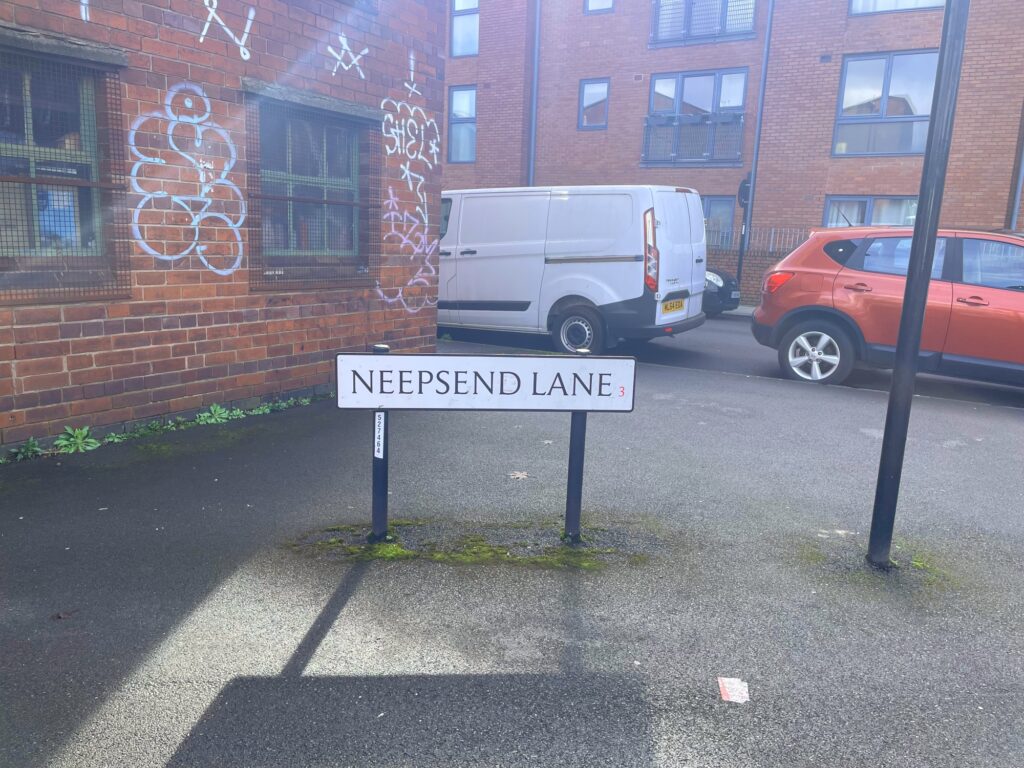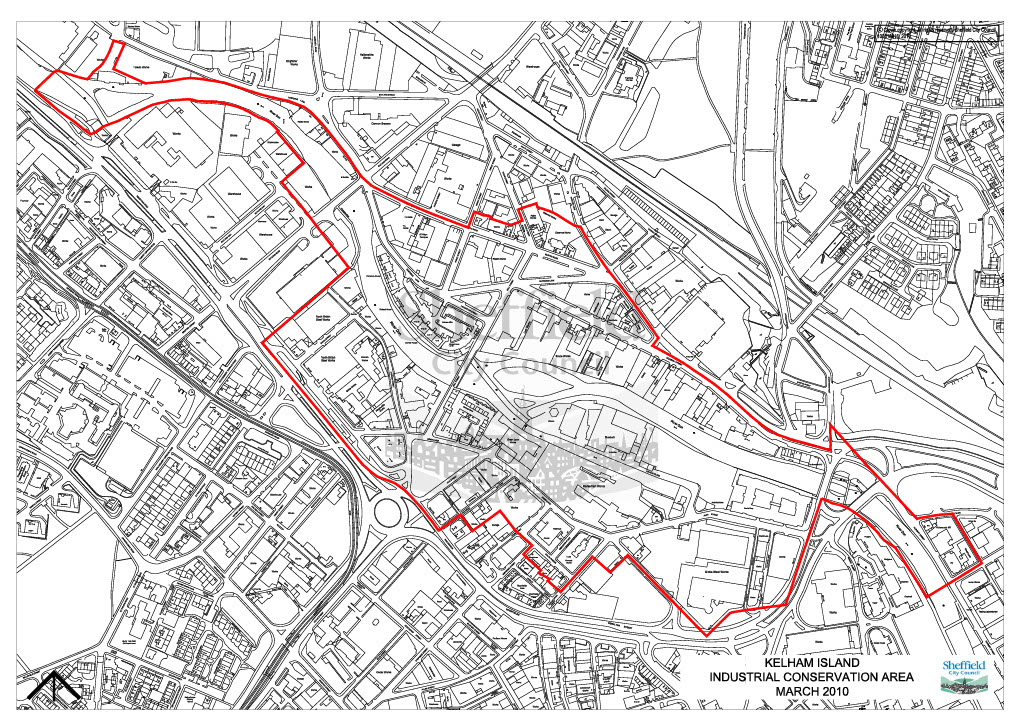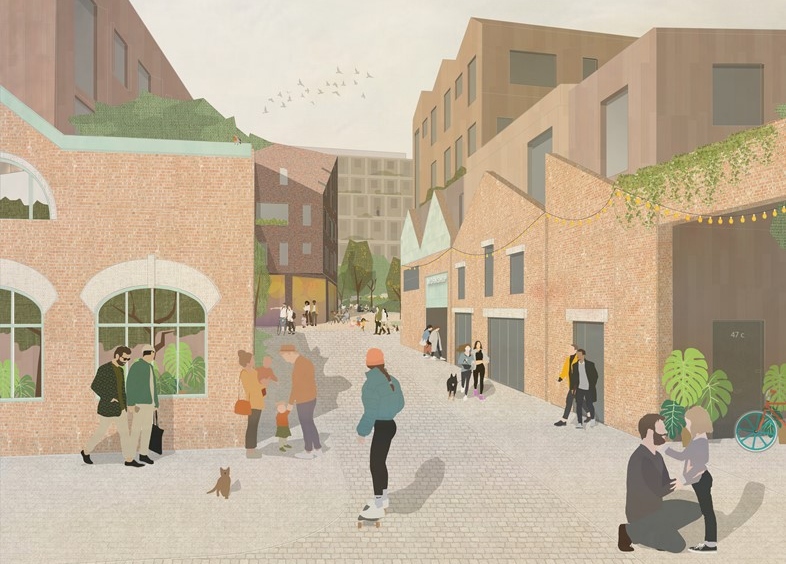A £67m funding package, which promises to provide 1,300 new homes in Sheffield city centre, has been met with ambivalence from residents, who warned “we’re not getting the facilities” to accompany it.
Announced last Friday by Levelling Up Secretary Michael Gove at the Convention of the North conference in Leeds, the funding from Homes England promised to “kickstart the transformation” of former industrial areas Neepsend and Furnace Hill.
But residents of the adjacent Kelham Island neighbourhood, which encompasses the newly acquired Neepsend Brownfield plot, said that the neighbourhood’s current lack of amenities needs to be addressed.
“We don’t have a park, we don’t have shops, we don’t have a pharmacy, we don’t have a post office,” said 65-year-old Ben McGarry, who chairs Kelham Island & Neepsend Community Alliance (KINCA).
“We don’t have the things that you would normally find when a community is set up. So we’re going to add more people but we’re not getting the facilities to go with that.”

Sheffield City Council said that the new Neepsend neighbourhood would provide a range of housing, local facilities and green spaces – something residents flagged as sorely lacking.
According to council leader, Tom Hunt, the nearby Furnace Hill neighbourhood would incorporate a mix of residential homes alongside new local facilities, commercial and leisure premises.
“I think having more residents where they’re planning to have them is ideal because it’s a rundown, abandoned area,” added Mr McGarry.
“But from our point of view, they’ve got to make sure that it’s not just one beds and that there are some garden spaces.”
The council said that minimum 20% of the new homes would be “truly affordable accommodation” and that a network of new public spaces and streets would be built to improve Kelham Island’s connection to the city centre.

Ward councillor Douglas Johnson told the Sheffield Wire that the project “is the result of the last three years of work”.
He said: “I am glad that Homes England recognises the need for place-building – this means green space, schools and doctors, not just numbers of dwelling-units. Housing needs to be the right mix, to provide for long-term residents and families.”
The Neepsend plans sought to attract more young families to the area, which residents said is largely populated by students, young professionals and retirees owing to a lack of a school and the dominance of flats.
Beth Maples, a 32-year-old financial manager who moved into the area seven years ago with her partner, said this resulted in a high turnover.
She said: “We’ve had maybe six neighbours in the time we’ve been here.”

Her partner Calin Lapugean, 38, who owns tech repair company iRepairStop, added that he was frustrated by the lack of input Kelham residents have in the area’s redevelopment.
He said: “I think the main problem is that they don’t actually ask anybody that lives in the area what they think they should do.
“You’d think they’d want to develop some parks or outdoor space or something. There’s nothing.”
This absence of input from residents isn’t for lack of trying on the part of KINCA. While Kelham Island used to have an area forum that met with the council, McGarry said they gave up “because it was a complete waste of time”.
“Council planning departments – certainly Sheffield ones – are being cut back and cut back,” he said. “So developers get away with whatever they want, really.”

For 32-year-old flood risk engineer, Edward Hill, his own experience with developers is a cautionary tale.
He said: “I’ve lived in my flat for seven years and it’s been an absolute disgrace from start to finish and it’s just getting more expensive.
“I’m actually trying to sell at the minute at a massive loss just to try and get out.”
Bought with the government’s Help to Buy scheme, Edwards said he was struggling to afford his building’s £2,000 annual service charge alongside a rising mortgage and £250 per year in ground rent.
Though the council promised that the homes would be “within the reach of everyone”, Kelham and Neepsend residents are sceptical.
“Who knows what affordable housing looks like these days?” said 63-year-old Simon Wigglesworth-Baker, a founding member of Kelham Island Arts Collective.
“It’s gotten a bit silly,” echoed Dave Shaw, 66, who has been living in the area since 2007. “If you’re trying to get into the area it’s ridiculously expensive.”
For businesses, though, more residents means more footfall.
“You don’t tend to get footfall as much in this area,” explained Laura Taff, 29, supervisor at Neepsend Social Club & Canteen. “It’s not somewhere people travel to unless they’re coming for a certain thing.”
McGarry lamented the number of empty retail units in the area. He said: “The retail space that the builders or the developers put in is too expensive for independent shop owners.”
Kelham Island was made one of the UK’s first industrial conservation areas back in 1985, with subsequent extensions made to the boundary in 1999 and 2008. It was named by The Sunday Times as one of the best places to live in 2023.
Cllr Johnson added: “The actual building will depend on private developers being accepted to work with local and central government. At the same time, it is vital that regeneration builds and supports the successes of the Kelham Island community and does not overwhelm the neighbourhood that is already there.”


